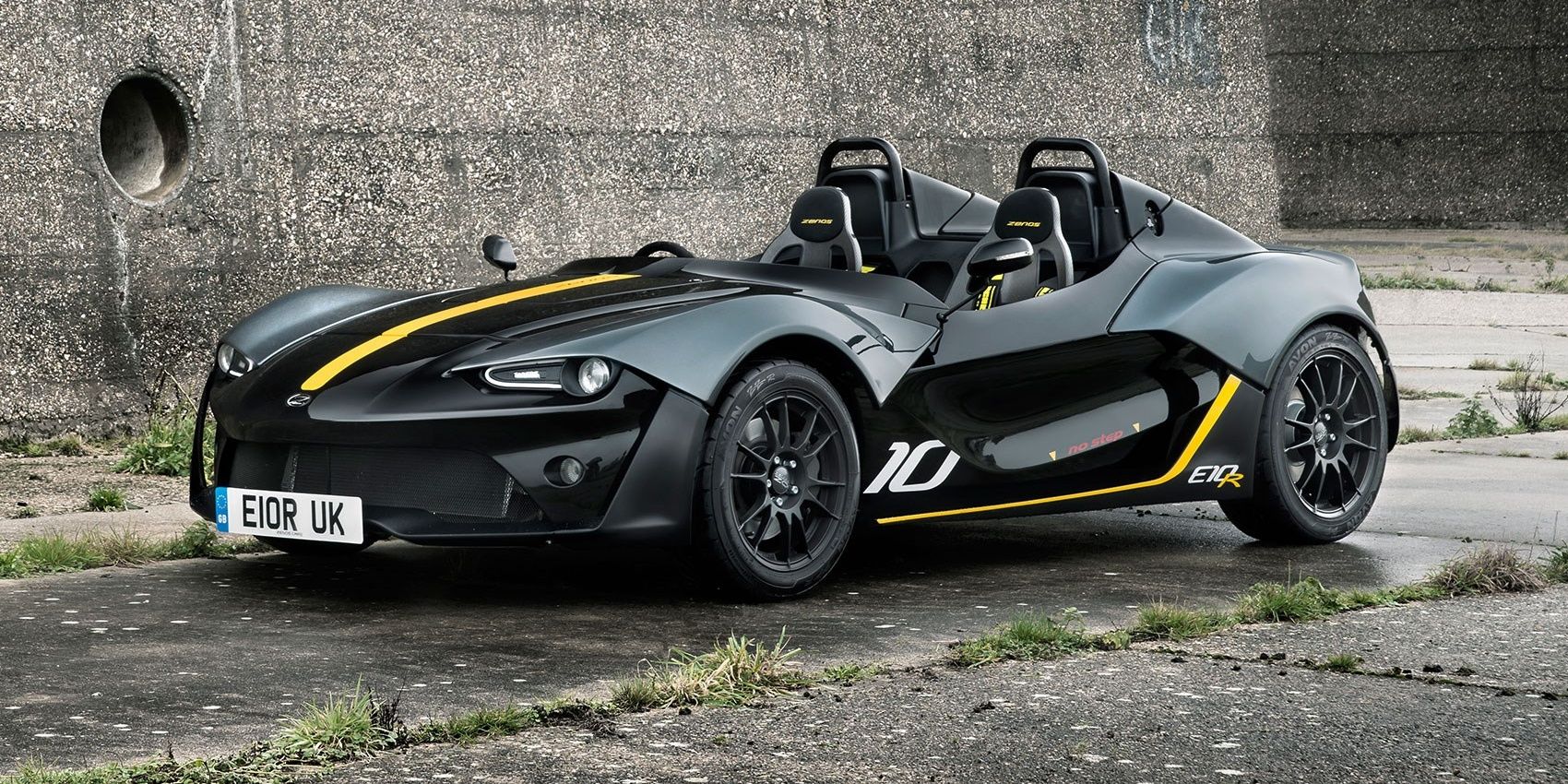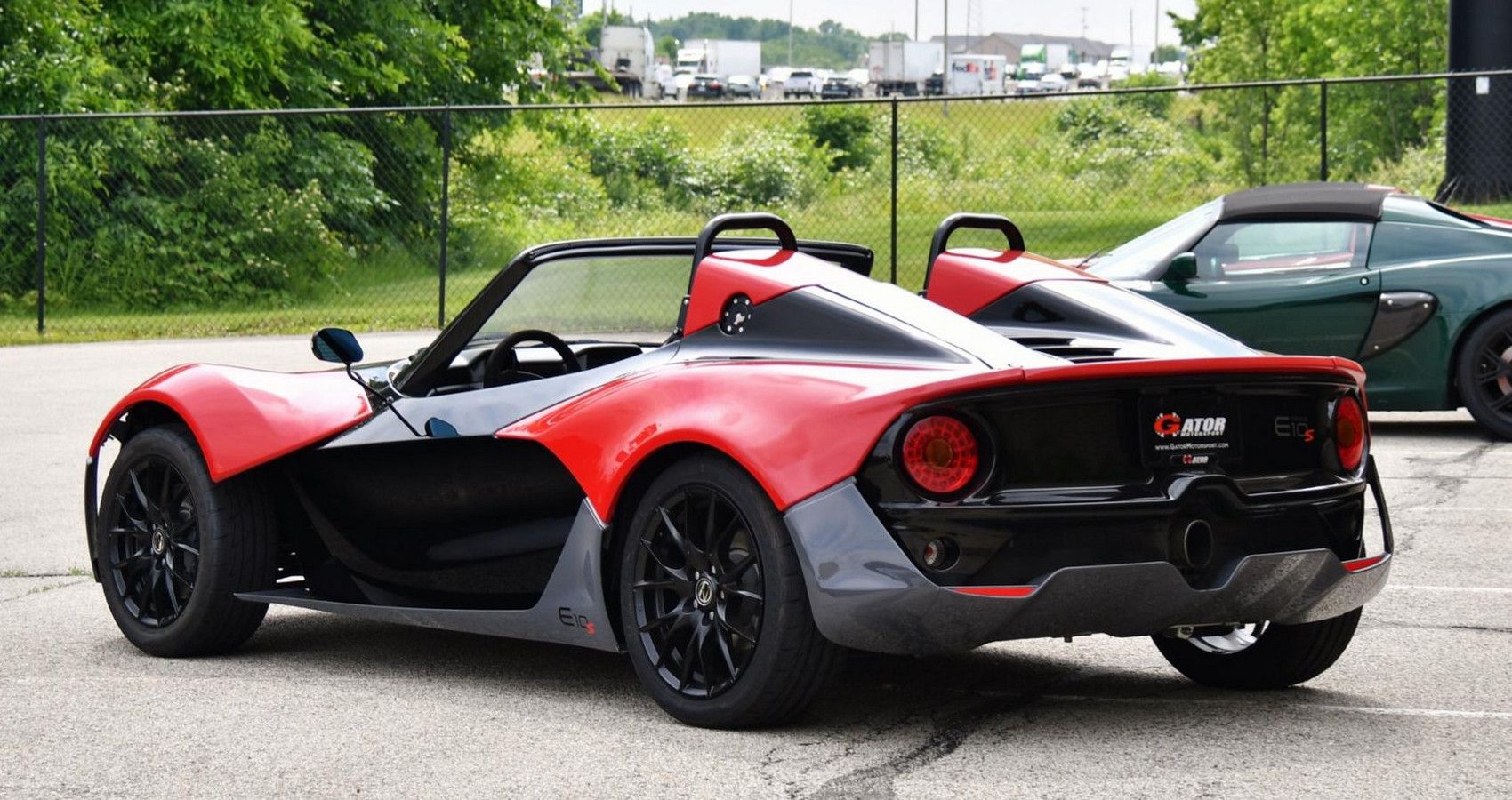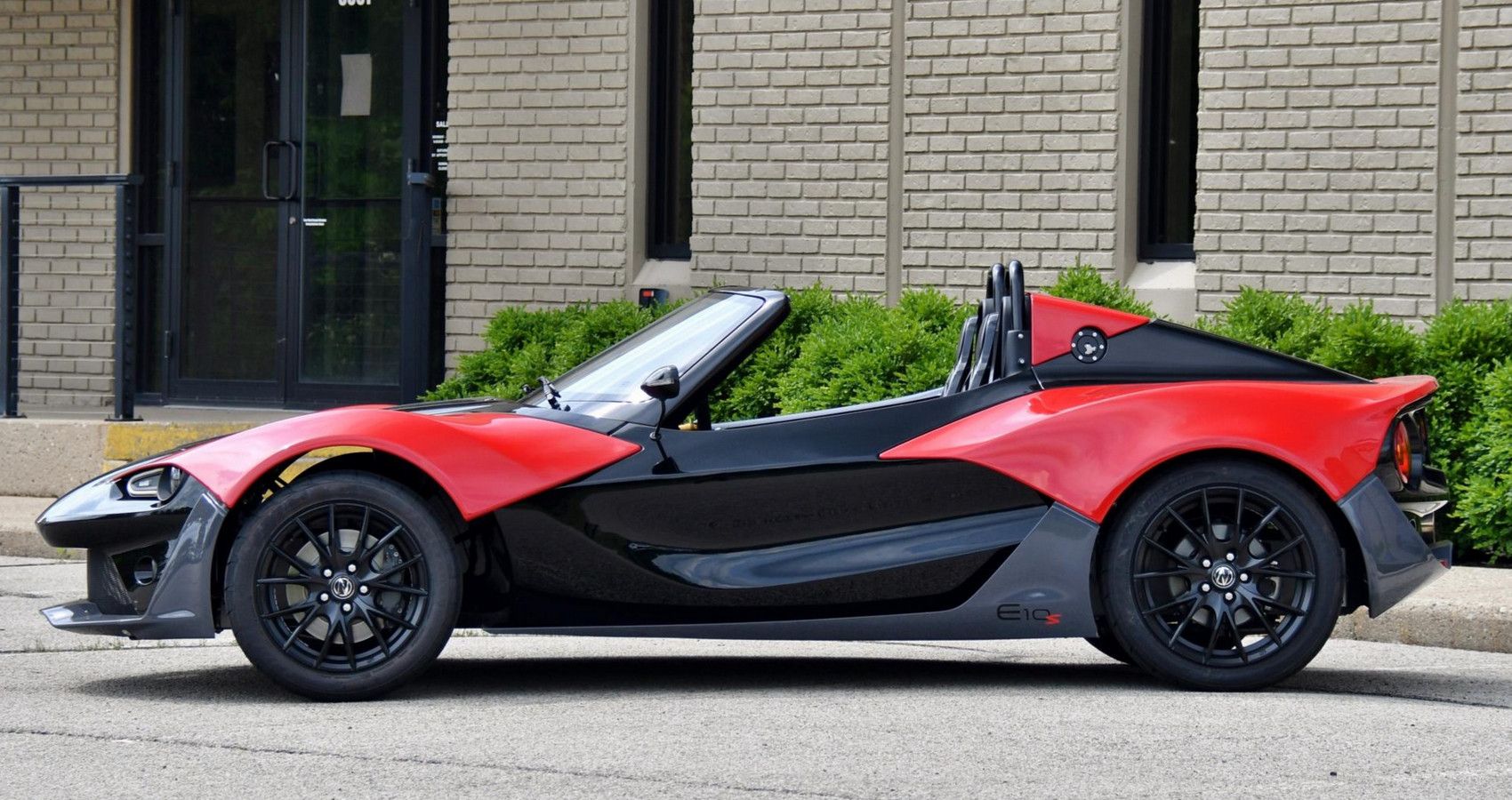Think about British sports cars manufacturers we have seen over the years. Names such as Aston Martin, Jaguar, Lotus, Ariel, McLaren, and Caterham jump to mind. But almost none of us know about Zenos Cars. Maybe some of us may recall the name as if we have heard it somewhere. We bet that ‘somewhere’ would be one of the most popular TV shows among gearheads, The Grand Tour. In the fifth episode of the first season of the hit show, the three gentlemen decided to put three lightweight sports cars of their choosing against each other. Jeremy Clarkson showed up in an Alfa Romeo 4C, while Richard Hammond picked the ever-popular Mazda MX-5. Both choices are understandable, but James May, on the other hand, brought something unexpected.
It was the first time most of us even came to know about Zenos when he brought the E10 S. The car looked like it existed for one reason only. Its sole purpose was to provide driving thrills to the masses. But why haven’t we heard a lot about this car or even this brand after that? The episode aired on December 16, 2016. That’s more than five years ago now. We haven’t seen a lot about Zenos, so we decided to get up to speed with it. And boy, are we in for a bittersweet ride regarding this one.
How And Why Was Zenos Created?
In 2012, Tony Fernandes bought Caterham and headed for F1. A group of automobile industry employees decided that it was the right time to build an ultralight, high-performance sports car for an affordable price. Two of those people were Ansar Ali and Mark Edwards. They both were employees at Lotus and then at Caterham when the new boss entered the picture. They took this leap of faith to set up a new sports car company. The two gentlemen believed that there was a gap in the car market for lightweight analog sports cars on a budget. So they partnered up and found Zenos Cars.
The name Zenos came from two words, really. The first was ‘zen,’ which makes up purity. The other half came from the Latin word ‘os,’ which meant vertebra or spine. The reason behind that will become clear when we talk about its chassis design. Even before settling on a body design, the two founders decided on a price for their car. They wanted to accommodate as many potential customers as possible and eliminate the possibility of somebody wanting to buy such a lightweight analog sports car such as the Evora GT, but cannot because it’s too expensive. The starting price of the base model was a relatively affordable £27,995, which converts to roughly $38,000.
The E10: Zenos’ Only Car
Zenos’ vision was clear. They wanted to combine an out-of-the-world driving experience, but at a down-to-earth cost of ownership and affordability. But do not get fooled by the terms high-performance and ex-Caterham employees. The E10 is surprisingly (more like unexpectedly) comfortable for a car of that pedigree and specifications.
The chassis construction is where Zenos gave it the most attention, and it shows. Like a cockpit made from a hybrid carbon composite. We all know that carbon fiber is lighter and stronger than steel. There is also a big aluminum spine that runs across the body from the front to the rear axle. It acts as a spine for the skeleton of the car. Get it? This is where the ‘os’ of Zenos comes from.
Zenos borrowed a 2.0-liter naturally aspirated 4-cylinder engine from Ford and mounted it in the middle. The engine makes 200 hp and 155 lb-ft. of torque. But that’s all the 1500 lbs car needs to provide an absolutely exhilarating performance. It takes just 4.5 seconds to reach 60 mph and has a top speed of 135 mph. But they manufactured the car for tracks and cornering, and cornering is where it shines. High levels of grip and sharp, predictable handling make it very easy to corner effortlessly at high speeds.
But there’s not much else that the E10 offers. There are no driver-assist features whatsoever. No ABS, traction control, stability control, nothing. Heck, it doesn’t even have doors! You have to jump in and out of the thing every time you use it.
A few models later, they came up with the E10 S. That’s the one we saw James May drive. It ups the price by a few thousand but comes with a turbocharged EcoBoost engine, again from Ford. What it means is 50 more hp, half a second shaved from the 0-60 mph sprint, and an increase in top speed by 10 mph. Then, for the 100th model, Zenos made the E10 R, the ultimate car of the E10 range. This time, they got a 2.3 L Ford EcoBoost engine that makes 350 hp and 350 lb-ft. of torque. 0-60 not took 3 seconds and the top speed was 155 mph. The E10 R was special because it achieved an impressive ratio of 500 hp per tonne, which is quite impressive!
What Happened To Zenos After That?
As you just noticed, they didn’t make nearly enough of these cars. So profits were not nearly enough to sustain the brand after two years. Zenos tried to raise £750,000 through the crowdfunding site Seedrs in 2016. Zenos even claimed that they had raised over £100,000 by May of that year.
When the early reviews came, people were raving about the brand and the car. Those who took test rides thought that Zenos was here to stay. But it wasn’t enough to keep the Norfolk-based brand afloat. In January 2017, due to the recent downturn in trade, Zenos went into administration. What seemed like a proper competitor to summer cars like the Mazda MX-5, BRZ/86/FR-S, and Alfa Romeo 4C is now merely a piece of modern history. The brand that had a promising start as a potential Lotus-beater sadly bit the dust and joined the likes of TVR and Jensen.


